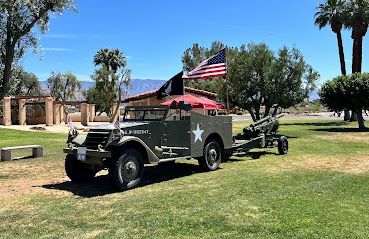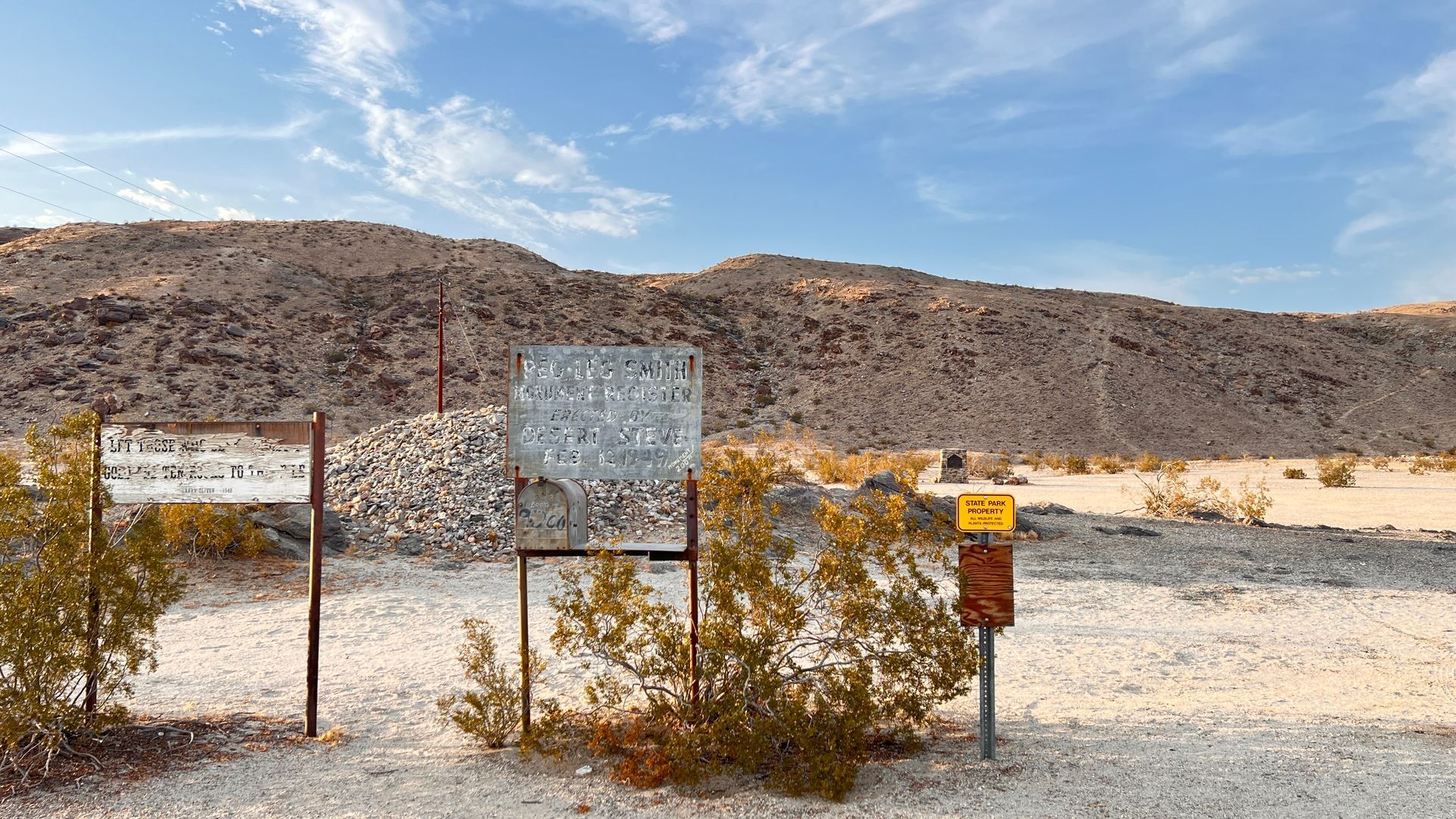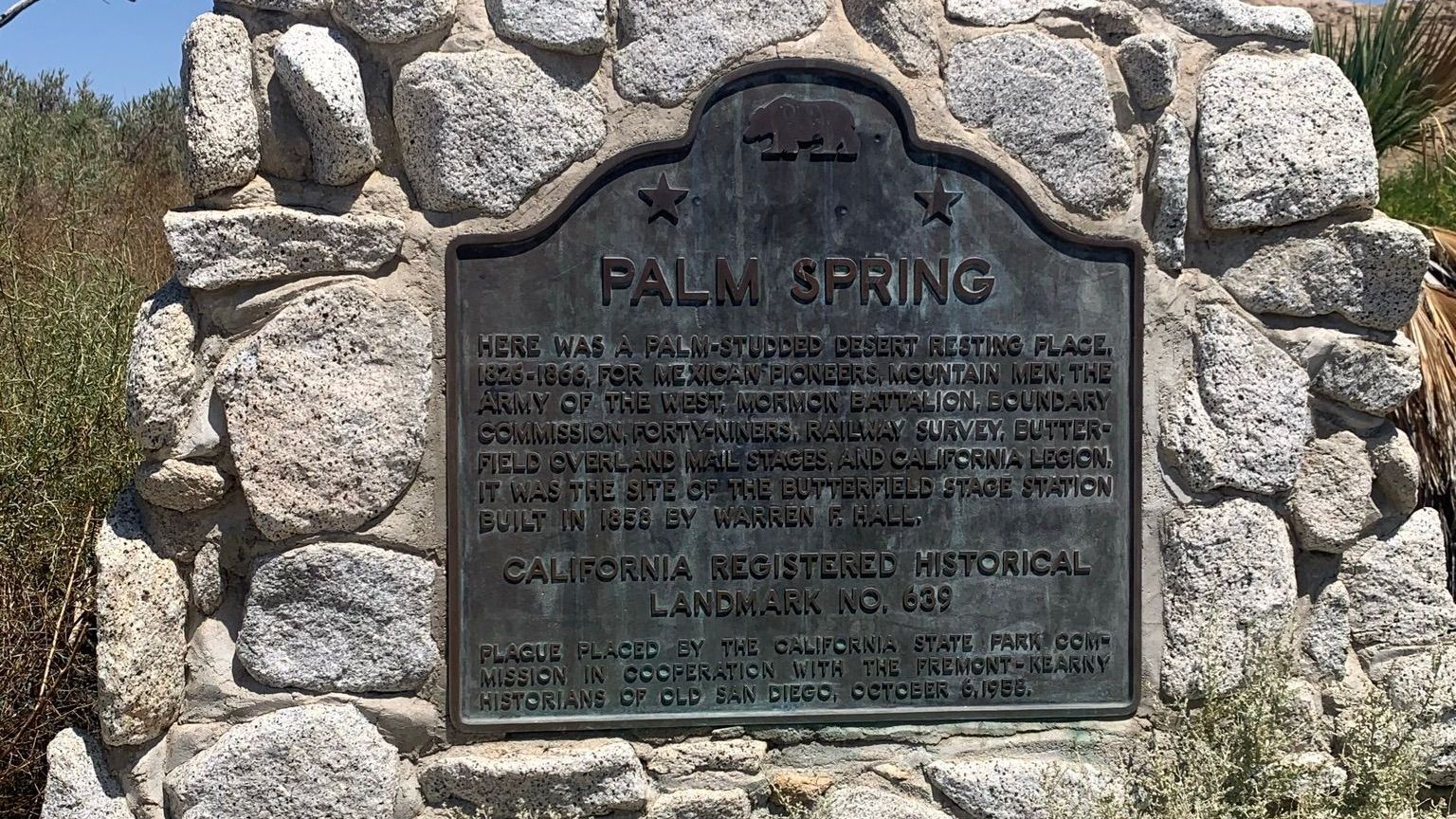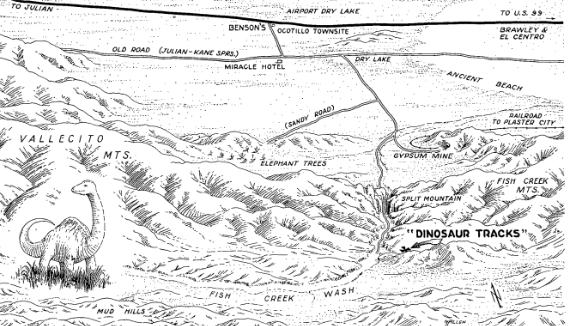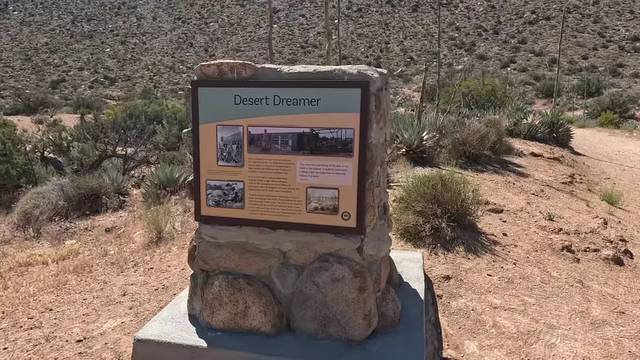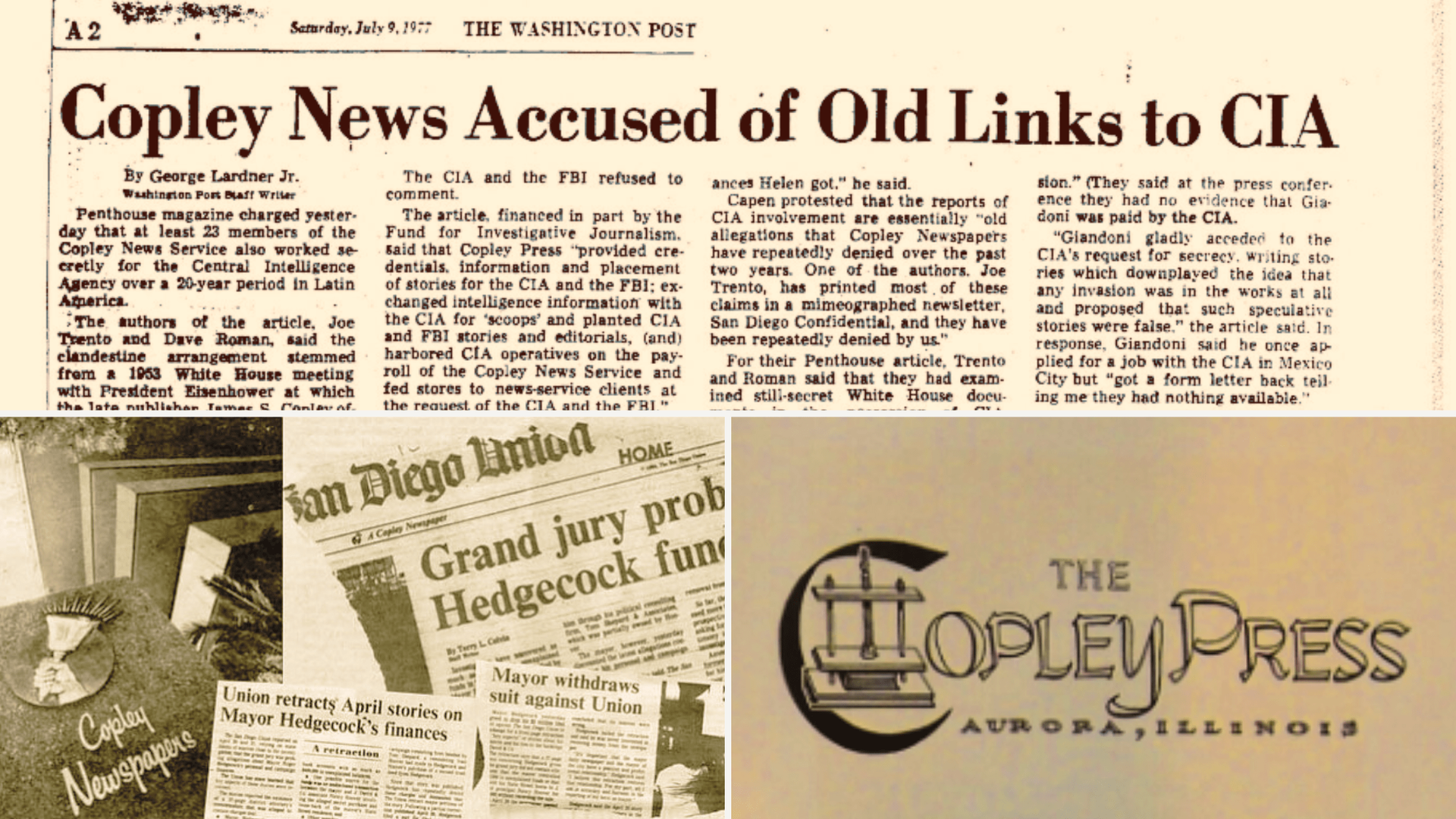
The Evolution and Impact of Copley Press
Copley Press, established by Ira Clifton Copley in 1905, became a prominent media conglomerate, owning numerous newspapers in California and Illinois, as well as engaging in television broadcasting and news services. Ira Copley's acquisition of the Aurora Daily Beacon marked the beginning of an expansive journey in the newspaper industry, which saw the formation of Copley Press as a holding company in 1928.
The company's growth included significant media assets in major urban centers and expanded into television with KCOP-TV in Los Angeles in 1957. Copley Press also left a lasting mark on Borrego Springs with the acquisition of the Borrego Sun in 1954, contributing to the community's development and promoting it as a tourist hub.
Despite its substantial influence, Copley Press faced challenges in the 1990s, leading to a gradual decline. The company divested key assets, including the Borrego Sun and KCOP-TV, by 2008, and Copley Press was eventually acquired by The New York Times Company in 2010.
Copley Press's legacy is multifaceted, from its role in community development to its achievements in journalism, including three Pulitzer Prizes. However, the company also faced controversies, including allegations of collaboration with the CIA. Despite these challenges, Copley Press's historical significance in the media landscape and its contributions to community life and journalism remain enduring.
The Copley Press-CIA Nexus and Its Impact on Media Integrity
The involvement of Copley Press with the CIA has been a topic of significant discussion and controversy. According to reports, James S. Copley, the publisher of Copley Press until 1973, was alleged to have cooperated with the CIA since the agency's inception in 1947. It was claimed that a subsidiary division, Copley News Service, was used in Latin America as a front for the CIA. Additionally, reporters at the Copley-owned San Diego Union and Evening News were said to have spied on antiwar protesters for the FBI, with at least two dozen Copley employees allegedly working simultaneously for the CIA. Copley was also implicated in involvement with the CIA-funded Inter-American Press Association .
The broader context of CIA involvement with the media, as reported, includes formal recruitment of journalists by the agency after thorough background checks, sometimes even involving high-level officials like deputy directors or division chiefs. Journalists who agreed to work with the CIA were considered to have elite status within the agency due to the common backgrounds and shared values with CIA officials. This extensive use of journalists for intelligence-gathering was particularly noted in Western Europe, Latin America, and the Far East during the 1950s and 1960s. Despite the controversies, the agency's engagement with journalists was viewed by some within the CIA as a productive means of intelligence-gathering.
For a more detailed exploration of these topics, the historical context and specific allegations can be found in various sources, including articles that delve into the connections between Copley Press and the CIA, as well as the broader use of journalists by the intelligence community during the Cold War era .
Publishers
- Ira Clifton Copley — founder, president until 1942
- A. W. Shipton — 1942–1947
- James S. Copley — 1947–1973
- Helen K. Copley — 1973–2001
- David C. Copley — 2001 to 2009
We recommend this article: The Rise and Fall of the Copley Press
Sources:
- The Rise and Fall of the Copley Press | San Diego Reader: https://www.sandiegoreader.com/news/2008/feb/28/cover/
- The Dream – Borrego Modern: https://www.borregomodern.com/the-dream
- Borrego Sun: https://www.borregosun.com/
Learn More About Borrego Springs


Explore Borrego Springs, the gateway to Anza-Borrego Desert State Park. Discover its stunning landscapes, vibrant community, and sustainability-focused growth.
Sign up for our newsletter!
Sign up for our newsletter!
Sign up for our newsletter!
You're All Signed Up!
Please try again later.

